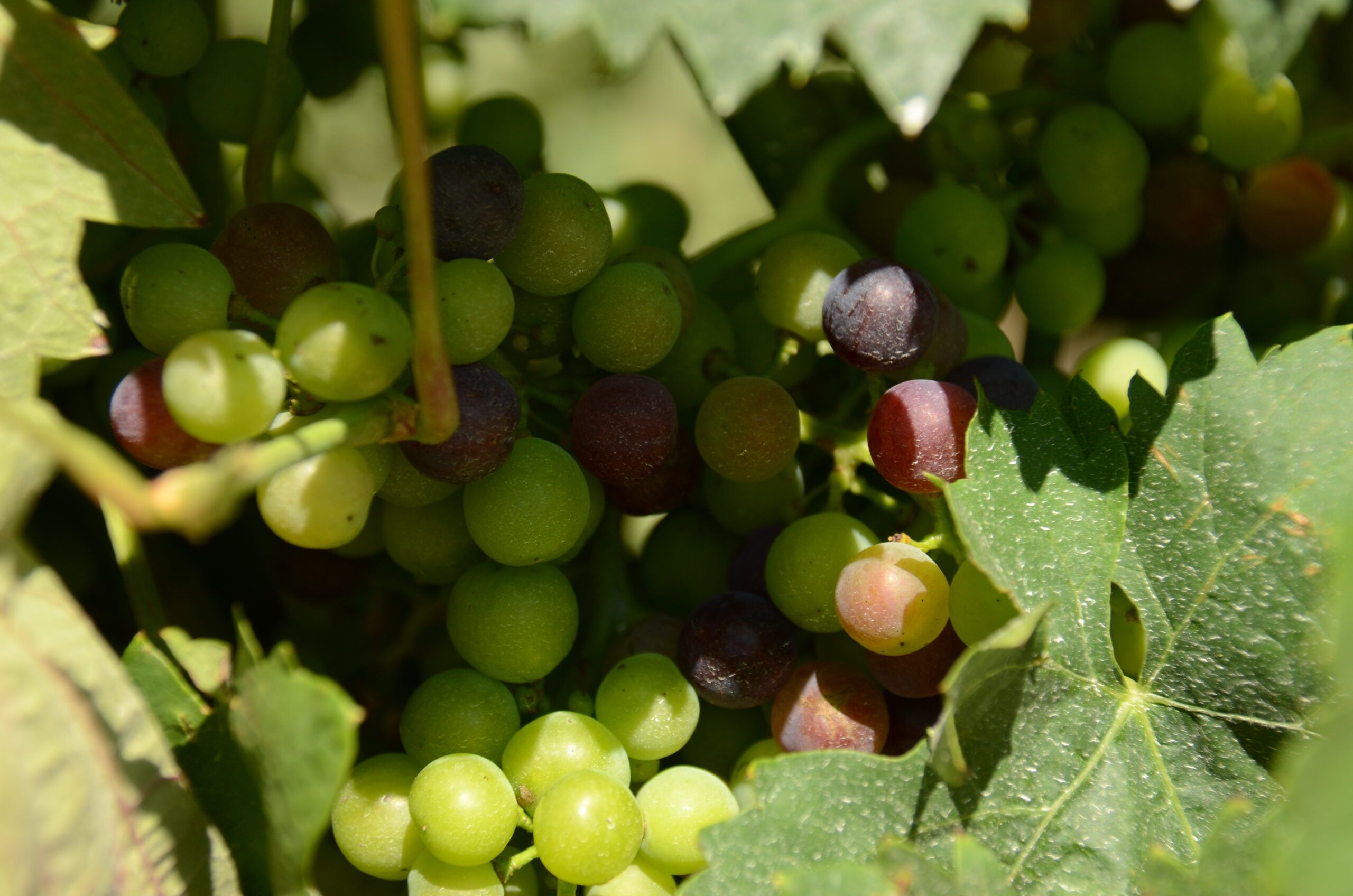
Do you think that the best wine is always the most expensive one? How would you describe a good wine? Experts tell us what makes a good wine is its vibrancy and its intense flavour that lingers in the mouth, but these characteristics do not always make them more expensive. If you want to get it right every time, we’ve come up with some tips for buying a good wine without breaking the bank.

HOW TO CHOOSE A GOOD WINE AT THE SUPERMARKET:
Do you often find yourself hurrying into the supermarket to pick up a perfect wine without spending your life savings on a bottle? It’s really quite easy. Firstly, you just need to take a good look at our tips. Remember that bottles with flashy stickers saying that they’ve won prizes have those labels for a reason!
Supermarkets sometimes want to draw attention to an award-winning wine or one with a great score in a wine guide, which could be a quality guarantee. You’ll often see this marketing technique at airport duty-free sections, where they want to draw attention to award-winning wines from the country or region you’re in so that you take one of the best choices back with you, along with the best flavours of the place you’ve visited.
So, if you’re not in a hurry and can take your time picking out a wine at a specialist wine store, you’re at an advantage: you can get professional advice to help you find a top-quality wine at the right price. Buying a wine at a specialist wine store isn’t always more expensive. In general, these businesses have to respect the price suggested by the winery.
If you do decide to buy a wine from a specialist store, be daring and try new flavours. If you’re into red wine, we’re not going to tell you to change your ways, but maybe you could try other wines such as Rioja whites or semi-sweets. Within the same price range, sometimes lighter wines have more surprises in store for you.
Buying wine online
Another option for buying good wine at a decent price is to switch to the wineries’ online stores, or even multi-brand wine stores. This will also have better prices, since they save a lot more costs than physical shops do. What’s more, they often have special discounts if you purchase in bulk, for example if you buy cases of wine, or they will give you free delivery.
If you’re concerned that bottles might be damaged in transit, don’t worry. They’re completely reliable, and will take care of any logistic issue that might occur, even though they’re not particularly common.
Additionally, buying wine online through the wineries’ own websites has additional advantages: you can always be sure of the origin, traceability and handling of the wines, ensuring that they are always at the right temperature and don’t go off.

GOOD WINES UNDER €10
Here in Spain, we’re lucky enough to have good wines priced between €6 and €20. In other European countries, the prices may be considerably higher because they have to import the products. However, since we’re close to such a wide range of wineries, we can always find top-quality produce at competitive prices to suit any budget.
While there are products that reach prices of over €100, you can enjoy a superior wine without paying over €30. But, as we said, there are amazing and tasty wines that you can get your hand on for under €10. In fact, we’re not the only ones to say it. A few studies have proved it. Researchers at the University of Hertfordshire in England found that there are wines available for under €8 that have the same effect on the palate as other wines that could be up to six times more expensive.
Make yourself the perfect guest by giving the host a good bottle of wine without breaking the bank. You really can find a good wine at a fair prices, with a range of ideas from young wines to aged wines and even reserve wines. Our Coto de Imaz Reserva and our Coto de Imaz Selección Viñedos Reserva made with tempranillo grapes are versatile and easy to pair but, most importantly, they’re delicious and reasonably priced. When it comes to choosing, trust your palate over what people have told you.
If you liked this article, we’ll help you to bolster your wine knowledge, such as this one to clear up your doubts on how to read wine labels.

















































